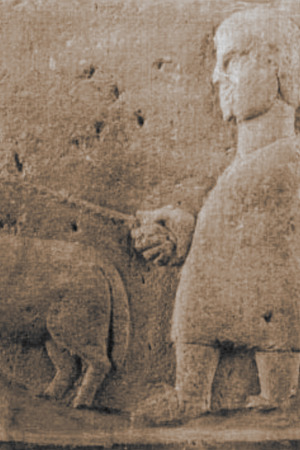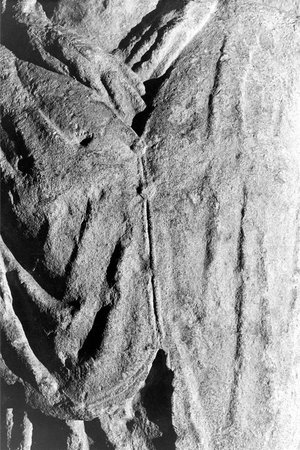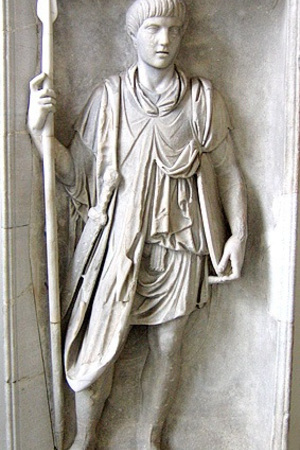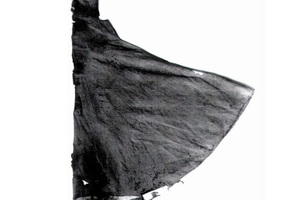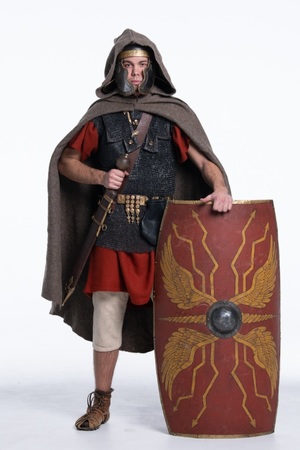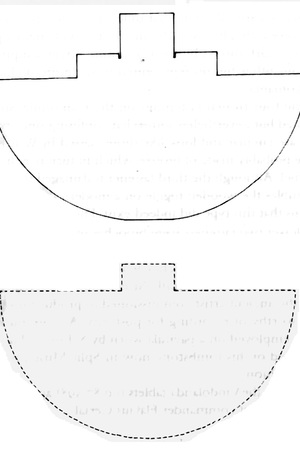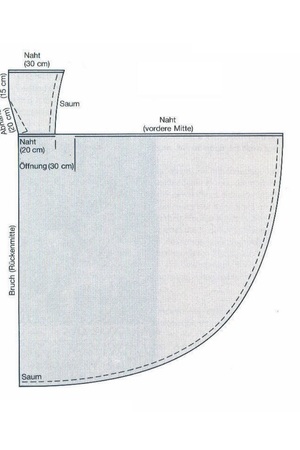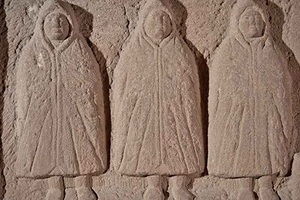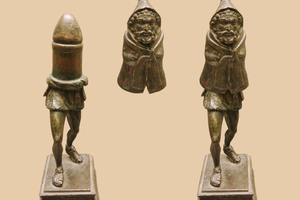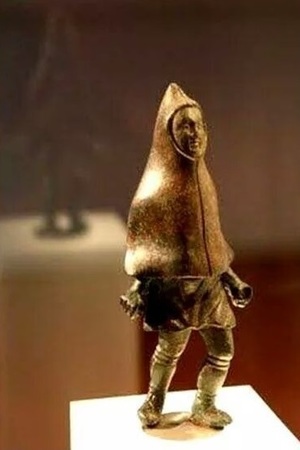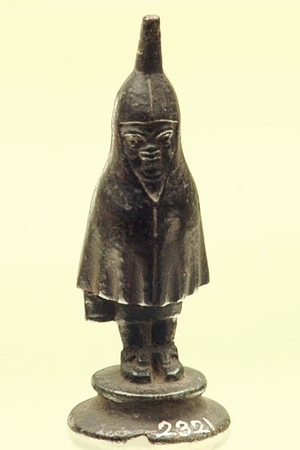Paenula
The Paenula (Latin: paenula) is an ancient Roman wide sleeveless cloak, which fastened at the front and protected from cold and precipitation.
One of the most ancient depictions of the Paenula is a bas-relief with a shepherd in Lucera, which dates from the 4-2 century BC. There are also written mentions: for example, Marcus Valerius Messalla Corvinus mentions orators, "constricted and as if locked in a paenula". This description confirms that the paenula covered and concealed a person almost completely. The cloak could be fastened at the front with a fibula or a button. A distinctive part of the paenula is the hood, which seems to have been able to cover the head even with a helmet. The main material for sewing the paenula was coarse wool and felt, and in rare cases, the cloaks could be made of leather. The color was usually unremarkable dark shades. The Paenula was usually quite long and fell below the knees, sometimes nearly reaching the top of the foot.
The Paenula was worn by soldiers, primarily legionnaires and auxiliaries, as well as ordinary citizens, including women. Similar items of clothing existed among other peoples, for example, Celts.
A good example of a well-preserved paenula is the "Hooded Cloak from Lahun," which is now in the University Museum in Philadelphia. It is made of wool, dyed in a brownish-yellow color, heavy twill weave with a ratio of maximum geometric dimensions of 1:2. It has a long seam at the front and is an example of a variant of the Roman semicircular cloak and around the 4th century AD became known in Latin as "casula," or "hut" (Wilson 1938). In the diagram below, it is seen that the semicircle here has a two-tier linear continuation, forming the upper shoulder area and the hood. The cloak is kept in Philadelphia and is part of a collection of textiles, donated to the University Museum by Mrs. John Harrison in 1895. Mrs. Harrison was a sponsor of British archaeologist William Flinders Petrie. Petrie, in a letter to the University Museum, claims that he bought the fabrics in Lahun, in the Faiyum region of Egypt, in the winter of 1884-1885, and that they date back to around AD 600. You can read more about the find in "Weaving Clothes to Shape in the Ancient World' 25 years on: Corrections and Further Details with Particular Reference to the Cloaks from Lahun. Granger-Taylor, 2007".
Reenactment
A Paenula can be present in the wardrobe of any reenactor of antiquity, both military and civilian. However, it should be taken into account that representatives of different social groups wore the paenula in different ways.
To create such a cloak, you will need at least 3 meters of dense fabric - wool or felt of a dark shade. The patterns of the paenula differ in the shape of the hood.
Related topics
Sagum, Legionnaire, Auxiliaries, Celts
Literature
- Giro P. Private and public life of the Romans
- See Bartholinus "Commentarius de paenula", in Grevius ' Thesaurus (vol.VI); Marquardt, "Privatleben der Römer" (1886, p. 564).
- Sumner G. Roman Military Dress 2009
- Weaving Clothes to Shape in the Ancient World' 25 years on: Corrections and Further Details with Particular Reference to the Cloaks from Lahun. Granger-Taylor, 2007

 Gallery
Gallery






